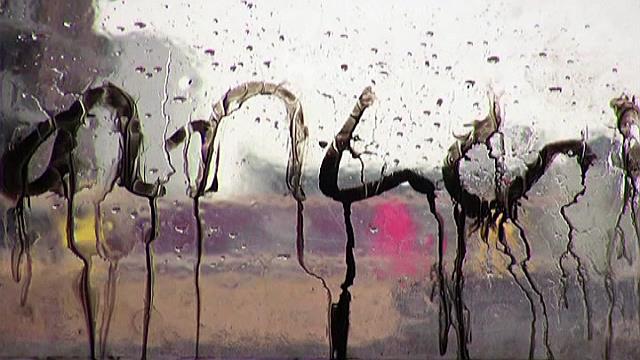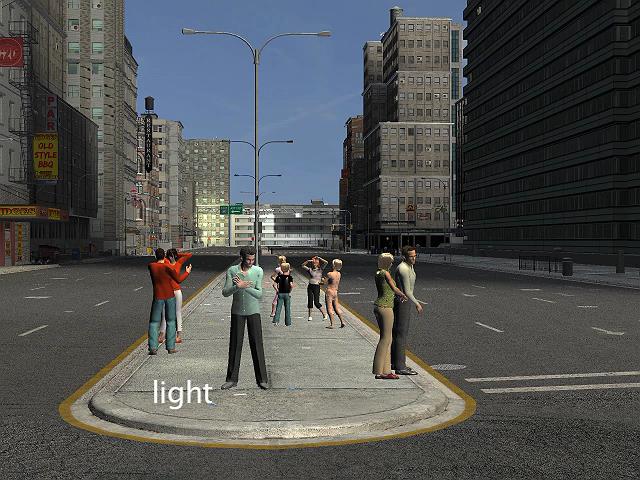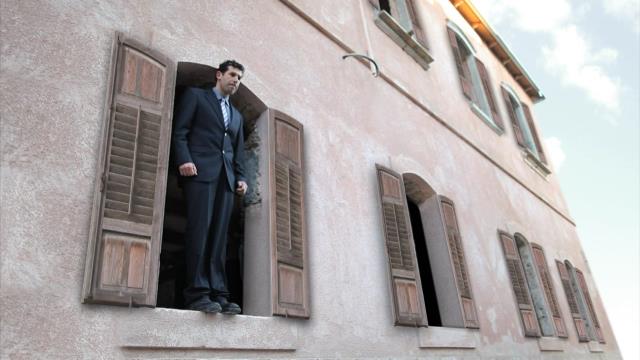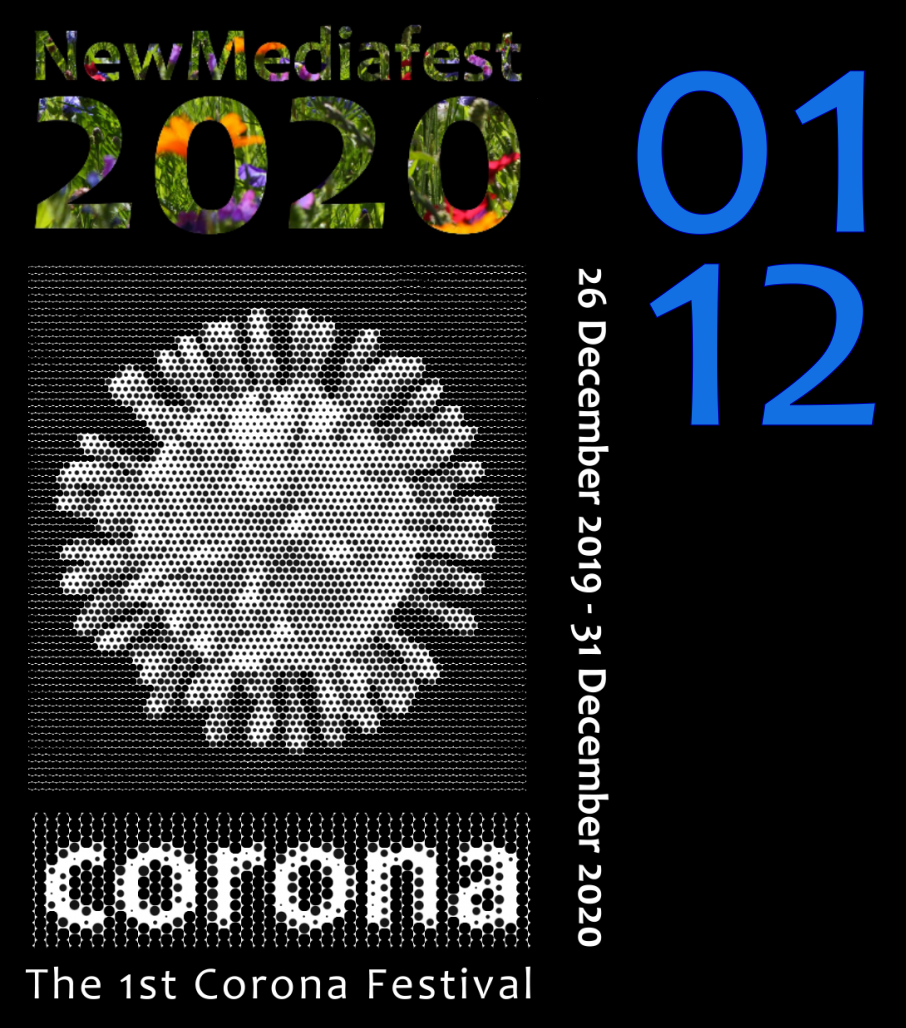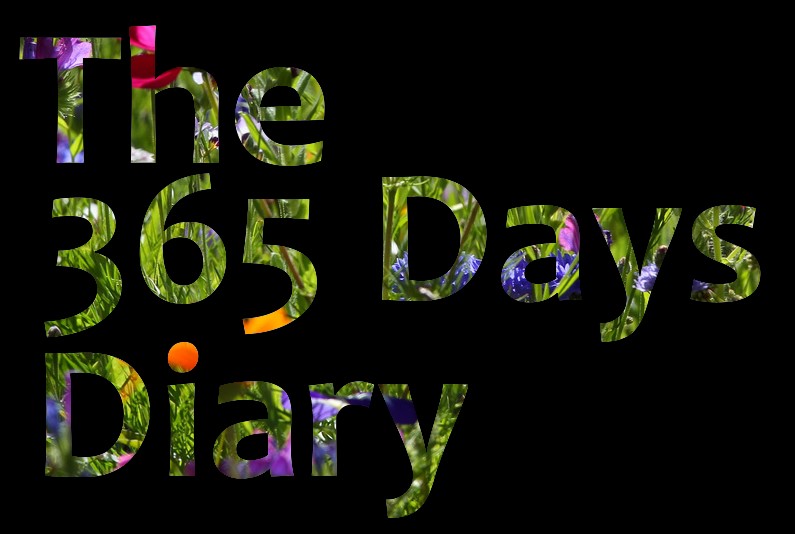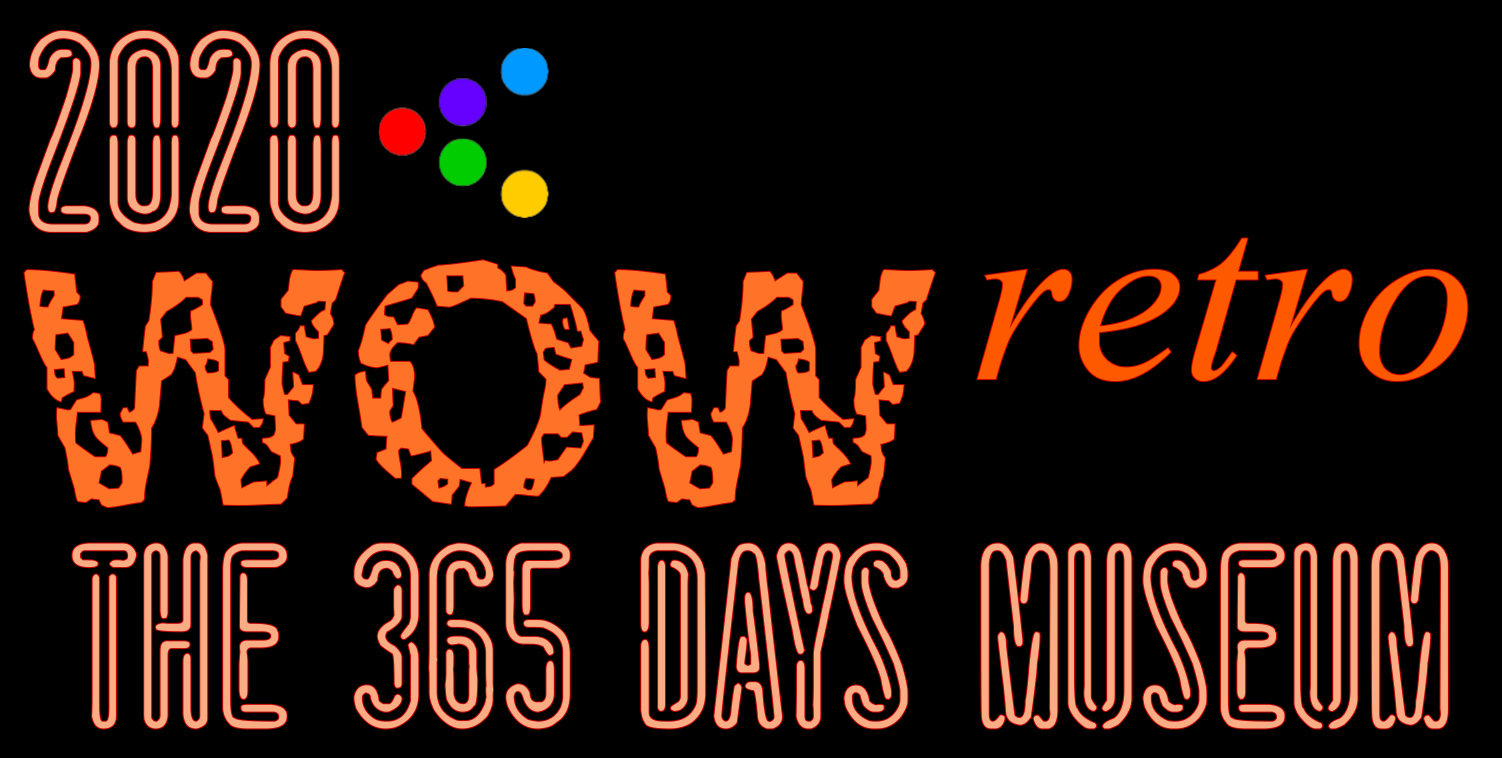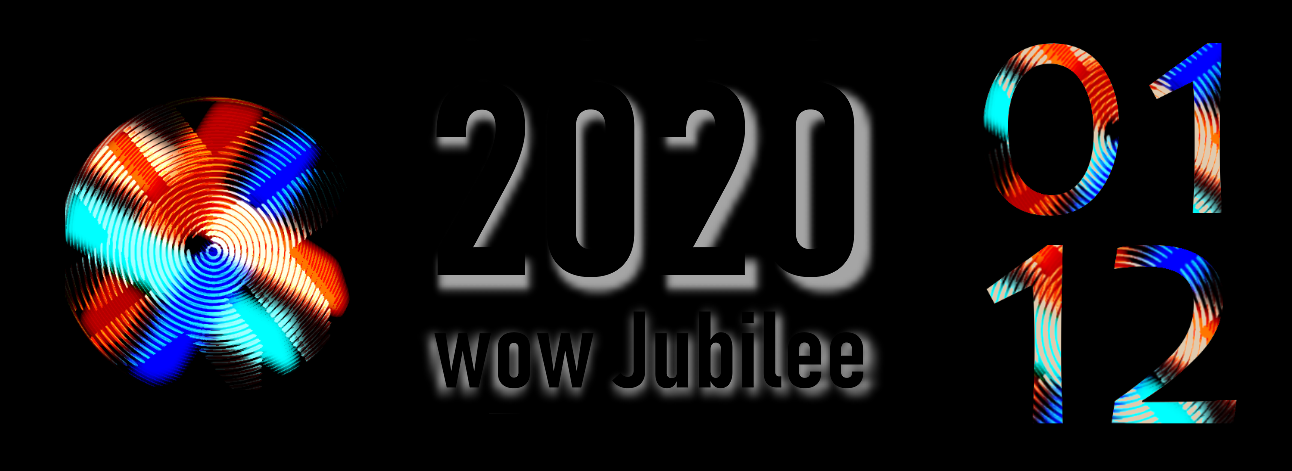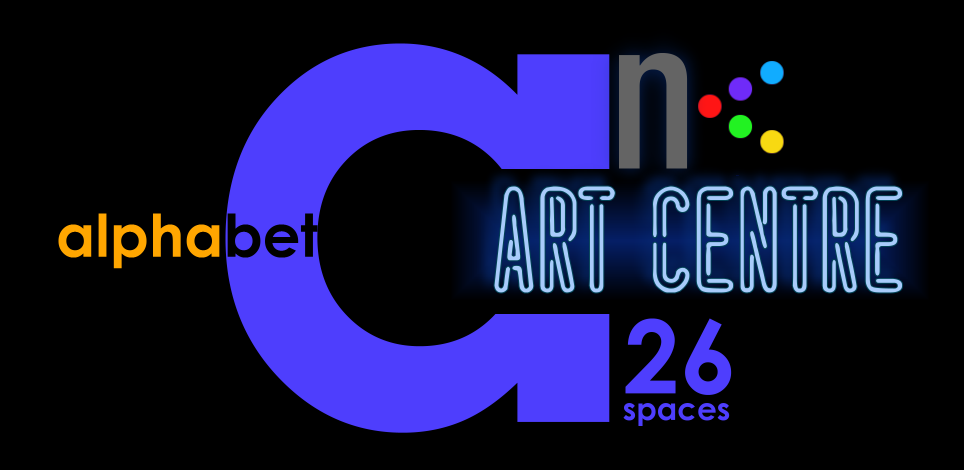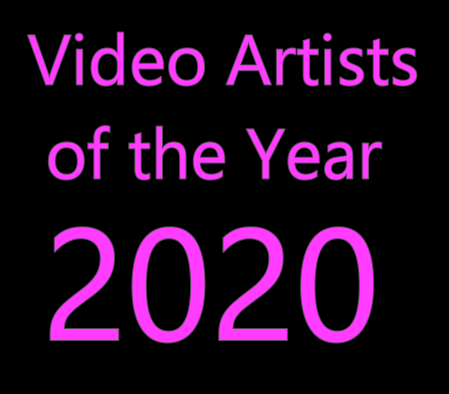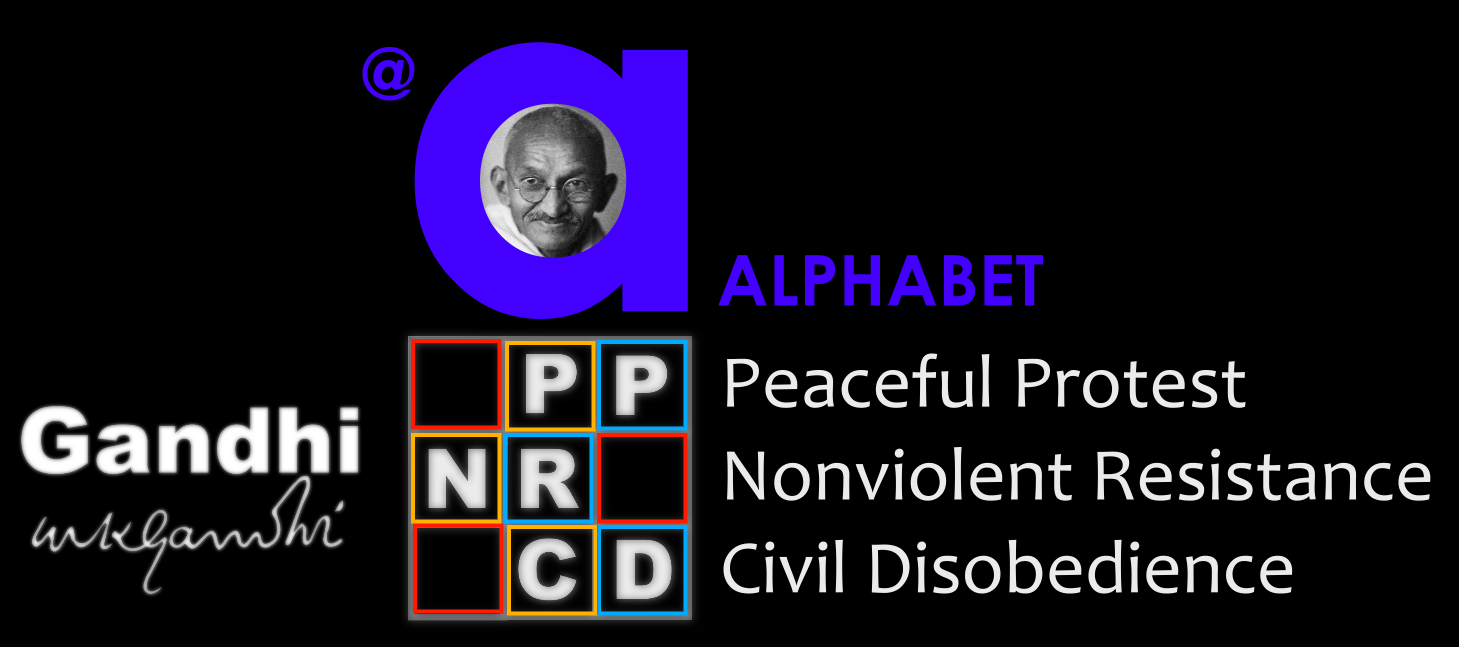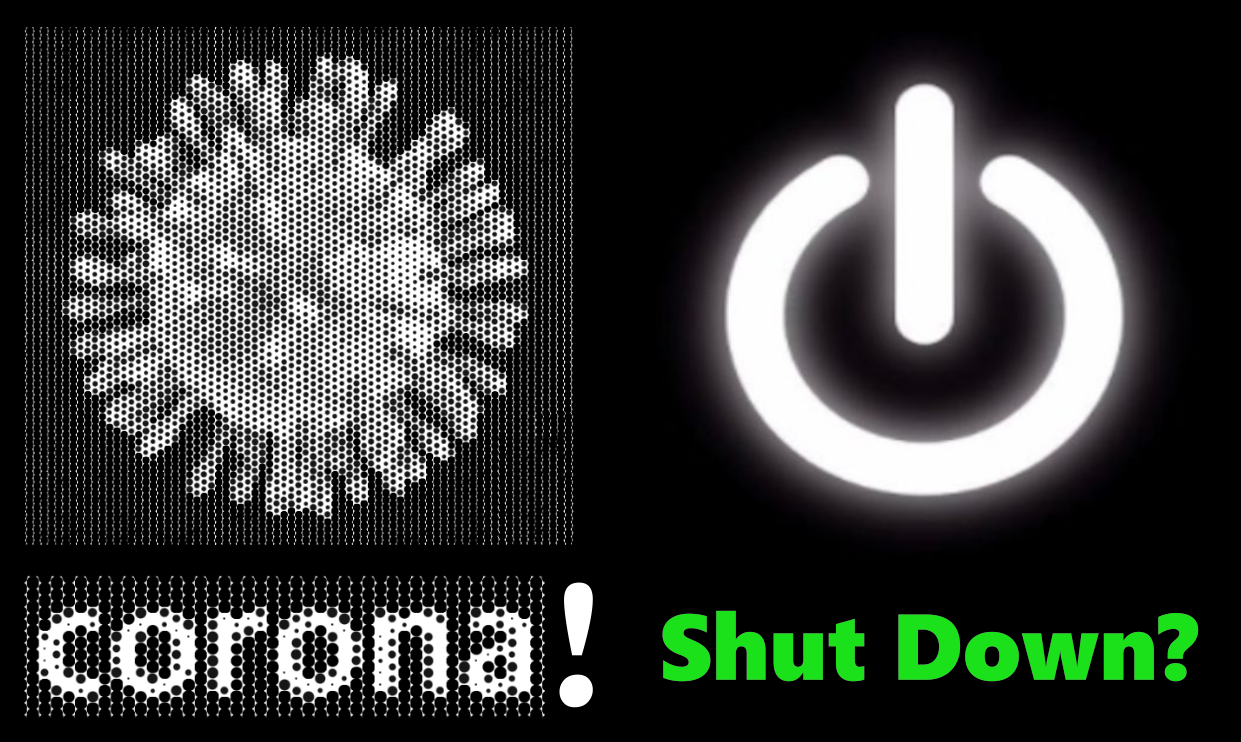Videoart feature
solos

Today, 04 March 2003, TURBULENCE NYC – releases “Spotlight on Agricola de Cologne – http://turbulence.org/spotlight/agricola featuring 3 Internet based works – Violence Online Festival, ]and[-scape and Family Portrait – Read more details
This article would like to spotlight the field of moving images which got a particular relevance during the past 20 years and therefore in NewMediaFest2020, as well.
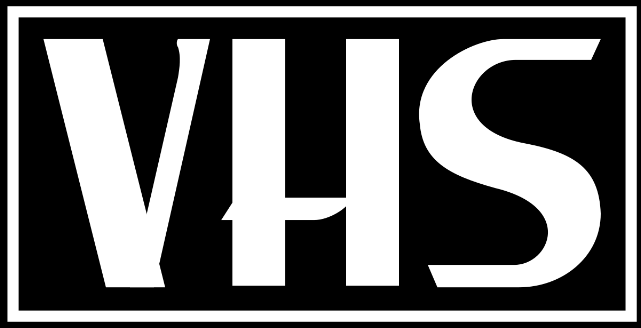 During 2020, Wilfried is featuring each month another video artist. Generally, Wilfried doesn’t like the term “videoart”, because it is occupied by the terminology from the past century representing the era of analogue VHS video,
During 2020, Wilfried is featuring each month another video artist. Generally, Wilfried doesn’t like the term “videoart”, because it is occupied by the terminology from the past century representing the era of analogue VHS video, 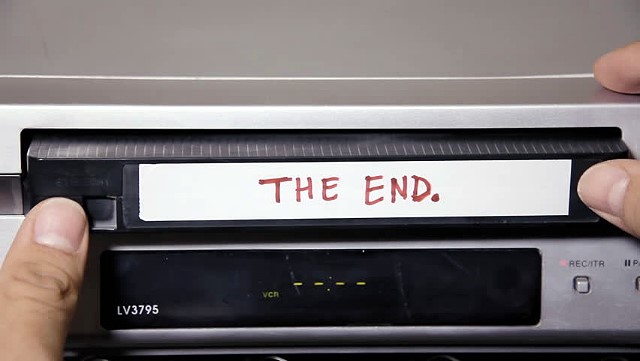 a technology which is characterized by the fact that the artist had only a limited influence and control on the medium and the creative process as such – a “professional” postproduction was required. Wilfried did not like the particular aesthetics of analogue video, nor the artistic creations which were following certain ideological stereotypes valid at that time. For Wilfried, the era of video started only, when 1998 the 1st digital camcorders entered the market, which he was acquiring, by the way, and the now available editing software allowed the artist to use his full creativity, by recording the footage and executing the complete editing process in his own hands, the artist had become really independent. Digital video as a technological term is representing an art medium which can be compared with traditional artistic media, like painting or drawing, because the camera and the technology are no more than tools for being creative, like the drawing pencil and the paper are just tools and the condition for making a drawing. What is the difference between film and video. The term “film” depicts a sequence of frames (individual images).
a technology which is characterized by the fact that the artist had only a limited influence and control on the medium and the creative process as such – a “professional” postproduction was required. Wilfried did not like the particular aesthetics of analogue video, nor the artistic creations which were following certain ideological stereotypes valid at that time. For Wilfried, the era of video started only, when 1998 the 1st digital camcorders entered the market, which he was acquiring, by the way, and the now available editing software allowed the artist to use his full creativity, by recording the footage and executing the complete editing process in his own hands, the artist had become really independent. Digital video as a technological term is representing an art medium which can be compared with traditional artistic media, like painting or drawing, because the camera and the technology are no more than tools for being creative, like the drawing pencil and the paper are just tools and the condition for making a drawing. What is the difference between film and video. The term “film” depicts a sequence of frames (individual images). 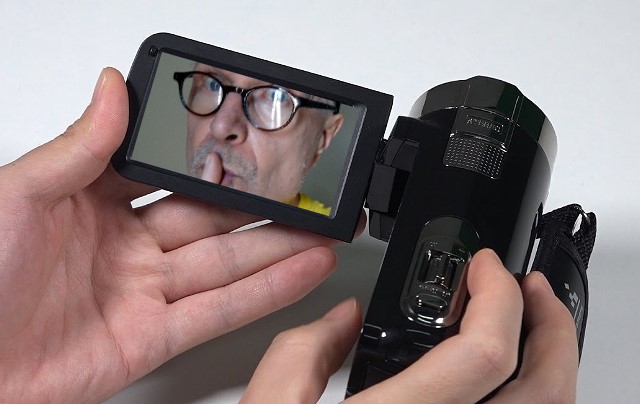 In this way, each video is a film, but not each film is a video. As a widely used term, “video” is standing for “moving images” in opposite to the media of static images like drawing, painting or print. In this way, Wilfried is using the term of “video”. As a curator who is simultaneously also a video creator himself, he knows about all creative processes related to preparing concepts and their realization by shooting and editing footage, Wilfried likes the idea when the artist is the director, editor, composer etc in one person, and the finalized video is representing a “total” art work. The whole creative process is principally different when an artist is preparing just a concept which third parties execute.
In this way, each video is a film, but not each film is a video. As a widely used term, “video” is standing for “moving images” in opposite to the media of static images like drawing, painting or print. In this way, Wilfried is using the term of “video”. As a curator who is simultaneously also a video creator himself, he knows about all creative processes related to preparing concepts and their realization by shooting and editing footage, Wilfried likes the idea when the artist is the director, editor, composer etc in one person, and the finalized video is representing a “total” art work. The whole creative process is principally different when an artist is preparing just a concept which third parties execute.
While in analogue times, the video production was basically also a matter of the finances and available budgets, when digital video entered the market, the required technology, hardware and software became affordable for anyone, so any creative person was able to create a substantial art work based on moving images, and this was even possible by using most primitive digital tools.
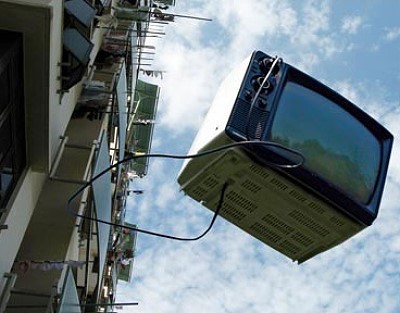 Video became a mass-medium, but not everybody who was shooting a video was an artist, as well. It is rather proved, that despite video is so popular as a medium, there are no more creative talents than before, so it is by no means the medium or technology itself, which is making an artist out of a person using video as a medium.
Video became a mass-medium, but not everybody who was shooting a video was an artist, as well. It is rather proved, that despite video is so popular as a medium, there are no more creative talents than before, so it is by no means the medium or technology itself, which is making an artist out of a person using video as a medium.
One of the differences between static and moving images is the factor of time. Belonging to the field of time-based art, moving images are able to depict processes of different kind. Differently than performing art, video is not a transient medium. Therefore often, video is depicting performative processes, for instance, in “video performance”.
Since Wilfried started curating, it was his aim to encourage artists to show and expand their creative potential, and he was happy when artists felt encouraged that way, by creating a new work for his projects, and he was even more happy when these works became successful afterwards on festivals or art exhibitions. In this way, his curating has a specific artistic quality, because it was continuously generating images of the “unknown”, influencing not only the perception of the artists, but the audience, as well. It was a new understanding of a virtual creativity.
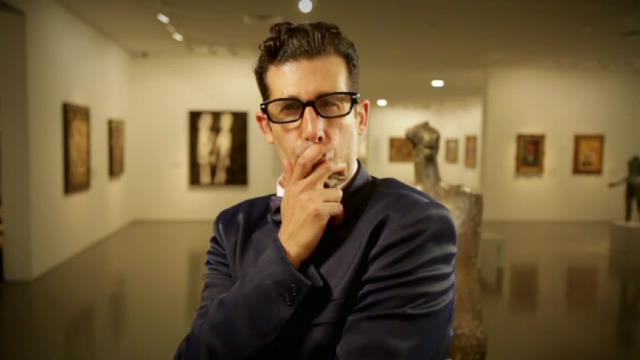 Shahar Marcus, who is featured as a solo artist in March 2020, is combining in one person all characteristics which make a good artist in the field of “moving images”. He is using a pictorial language which can be understood at first glance already, but its meaning is changing the more often the work is reviewed. So, it is art in the best sense of the word, whereby Shahar is standing always for himself as an individual value, and in this way, he is representing for Wilfried a kind of ideal artist.
Shahar Marcus, who is featured as a solo artist in March 2020, is combining in one person all characteristics which make a good artist in the field of “moving images”. He is using a pictorial language which can be understood at first glance already, but its meaning is changing the more often the work is reviewed. So, it is art in the best sense of the word, whereby Shahar is standing always for himself as an individual value, and in this way, he is representing for Wilfried a kind of ideal artist.
Wilfried is happy to have met during the past 20 years several of such impressing artistic personalities, who shared their creative productions with him and some higher goals, Henry Gwiazda solo featured in February 2020, and Ezra Wube, solo featured in January 2020, inclusive, of course, and all the other artists selected for participating – that’s really an incredible treasure!
a complementary selection of videos
